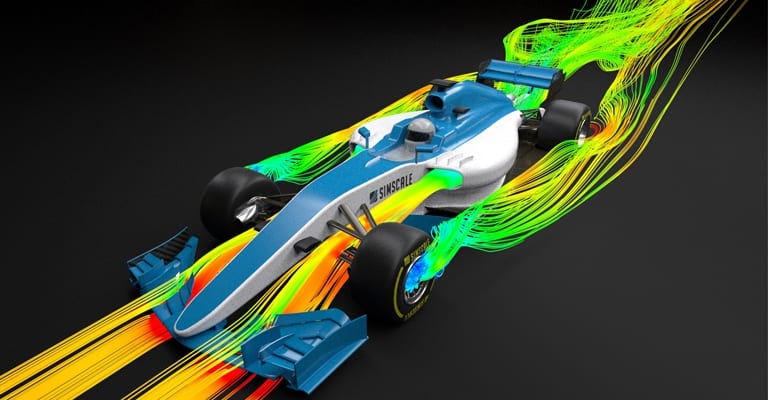

# How Motorsport Regulations Have Changed and Influenced the Sport
Motorsport has historically been an exhilarating display of speed, talent, and technological advancement. From the initial days of basic racing vehicles to the highly advanced machines we see today, the sport has experienced remarkable changes. At the heart of this transformation are the regulations governing motorsport, which have not only molded the competition but also impacted safety, technology, and environmental responsibility. This article examines the evolution of motorsport regulations over time and their significant effects on the sport.
—
## The Early Years: Few Rules and High Danger
In the late 1800s and early 1900s, motorsport was just beginning. Events such as the 1895 Paris-Bordeaux-Paris race and the inaugural Grand Prix in 1906 were marked by an absence of formal regulations. These early contests were as much about pushing the boundaries of new automotive technology as they were about racing.
However, the lack of strict regulations often resulted in disorder. Tracks were poorly marked, safety precautions were almost nonexistent, and races frequently encountered accidents. Both drivers and spectators were at considerable risk, with fatalities being disturbingly common. The necessity for regulations became clear as the sport’s popularity and complexity increased.
—
## The Advent of Structured Motorsport Regulations
The formation of governing bodies like the Fédération Internationale de l’Automobile (FIA) in 1904 represented a pivotal moment for motorsport. These organizations began to implement standardized regulations to promote fair competition and enhance safety. Some of the early important regulations included:
1. **Classification of Vehicles**: Cars were sorted by engine size, weight, and other parameters to create a fair playing field.
2. **Standards for Tracks**: Steps were taken to improve the condition and safety of racing tracks, introducing barriers and designated areas for spectators.
3. **Licensing for Drivers**: Participants were required to obtain licenses, ensuring they had met basic skill and experience requirements.
These foundational regulations established the basis for a more organized and professional approach to motorsport.
—
## The Mid-20th Century: Prioritizing Safety
The mid-20th century saw a surge in motorsport’s popularity, but it also highlighted the vital importance of safety. Catastrophic events like the 1955 Le Mans disaster, which resulted in the deaths of over 80 spectators, highlighted the immediate need for reform.
In response, regulatory bodies introduced a variety of safety-focused regulations:
1. **Enhanced Circuit Design**: Tracks were redesigned to include run-off areas, chicanes, and crash barriers to mitigate the impact of accidents.
2. **Mandatory Safety Gear**: Drivers were required to wear helmets, fire-resistant suits, and harnesses, while cars were outfitted with roll cages and fire suppression systems.
3. **Medical Preparedness**: Events began to feature on-site medical teams and emergency response protocols.
These initiatives greatly minimized the dangers associated with motorsport, enhancing safety for both competitors and fans.
—
## The Technological Race and Regulatory Oversight
As motorsport progressed into the latter part of the 20th century, technological advancements became a hallmark of the sport. Teams devoted substantial resources to research and development, achieving significant breakthroughs in aerodynamics, materials technology, and engine performance. Nonetheless, this “arms race” also posed challenges for regulators.
To preserve competitive equilibrium and manage costs, regulatory bodies implemented technical rules. For instance:
1. **Engine Limitations**: Restrictions were set on engine size, turbocharging, and fuel usage to prevent dramatic performance enhancements.
2. **Aerodynamic Guidelines**: Rules regarding wing dimensions, ground effects, and other aerodynamic features were introduced to ensure vehicle control.
3. **Standardized Parts**: In certain series, specific components were standardized to lower costs and create a level playing field.
These regulations not only maintained fairness in competition but also kept technological progress aligned with the automotive sector.
—
## The Contemporary Era: Focus on Sustainability and Inclusiveness
In recent times, motorsport regulations have increasingly concentrated on sustainability and inclusivity. Amid rising concerns regarding climate change and ecological impact, governing bodies have introduced rules aimed at decreasing the sport’s carbon footprint. Important initiatives include:
1. **Hybrid and Electric Vehicles**: For example, Formula 1 has embraced hybrid engines, while Formula E has established itself as a fully electric racing series.
2. **Eco-friendly Fuels**: Efforts are being made to create and mandate the usage of biofuels and synthetic fuels across various racing categories.
3. **Energy Efficiency**: Regulations now prioritize energy recovery systems and efficiency standards, rewarding teams that achieve more with less.
Inclusivity has also gained traction. Initiatives aimed at increasing diversity among drivers, engineers, and fans are coming to the forefront, and regulations are being revised to allow a wider array of participants.
—
## The Future of Motorsport Regulations
As motorsport continues to advance, so too will its regulations. Emerging technologies






